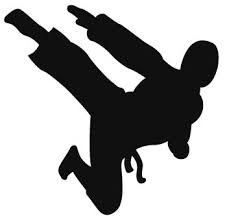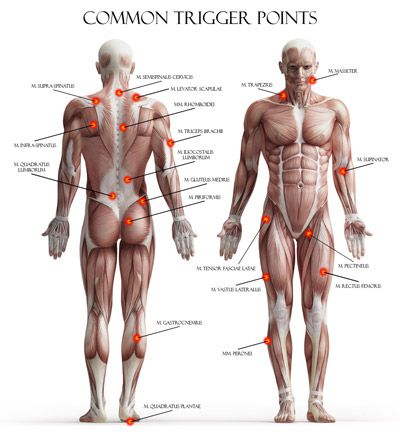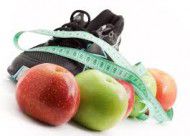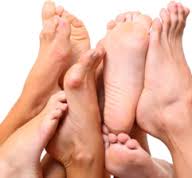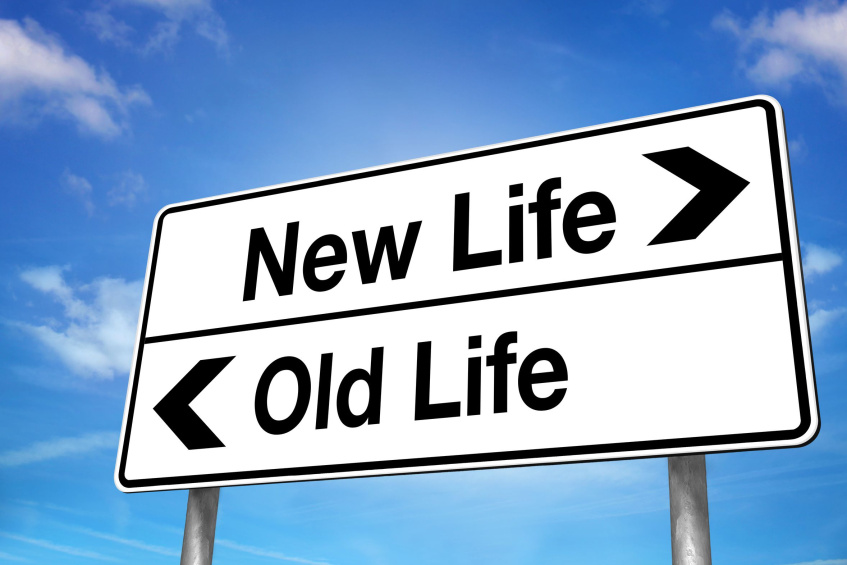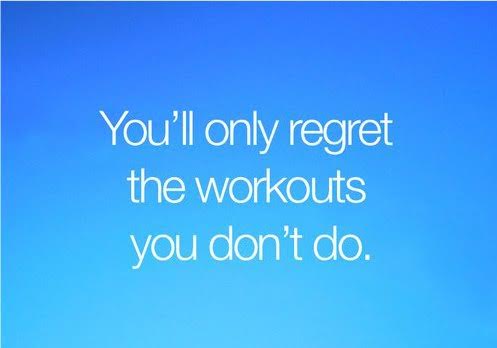As we round the corner and enter the last stretch of 2015, your thoughts may turn toward the New Year, and resolutions. Between 40 and 50% of us actually make resolutions, and losing weight or being fit and healthy rank among the top resolutions made each year. However, 25% of people give up their resolutions inside two weeks, and 46% throw in the towel after five months.
Making a resolution doesn’t have to be difficult. Here are five tips to make achieving your New Year’s goals easier:
1) Start Small. Steer clear of lofty or unreasonable resolutions. Yes, you might want to be fit and healthy, or lose weight, but it’s not going to happen over night. Resolving to go to the gym every day when you haven’t been in for months is a tad bit overzealous. Begin with two-three days a week. Get a feel for success, and then up the ante.
2) Schedule It. If your resolution isn’t planned into your calendar, when were you planning on achieving it? As a whole, we are terrible at scheduling time for ourselves, but oh-so-willing to fill our schedule pleasing others. Not this year. Make a plan and schedule it in. Treat your resolution as a commitment to yourself.
3) Let go of deprivation. One of the number one resolutions is to lose weight. In order to do this, many people adhere to strict diets or intense exercise regimes. Neither of which are sustainable in the long term. In setting resolutions or goals, choose ones that make you feel good ~ that energize and excite you, rather than make you want to hide under a blanket.
4) Minimize decision making. Many of us suffer from decision fatigue and don’t even realize it. Decision fatigue (according to Wikipedia) refers to the deteriorating quality of decisions made by an individual, after a long session of decision making. Think of this long session as your typical day: choosing what to wear to, what to eat, how to get to work, and the list could go on. Minimize your decision making by automating some decisions: eat the same breakfast each day. Wear your gym clothes to bed. Exercise every Monday/Wednesday/Friday. Make it easy with decisions pre-made for you.
5) Learn to say no. Saying yes to one thing, can mean saying no to something important. Remember what your goals are as you make choices. Saying yes to happy hour can mean saying no to that workout, family time, or down time that you’ve been craving. Know what you want, and where you’re going, and make decisions accordingly.
Remember, change happens daily. If you want to see big things happen in your life, start with tiny steps.

